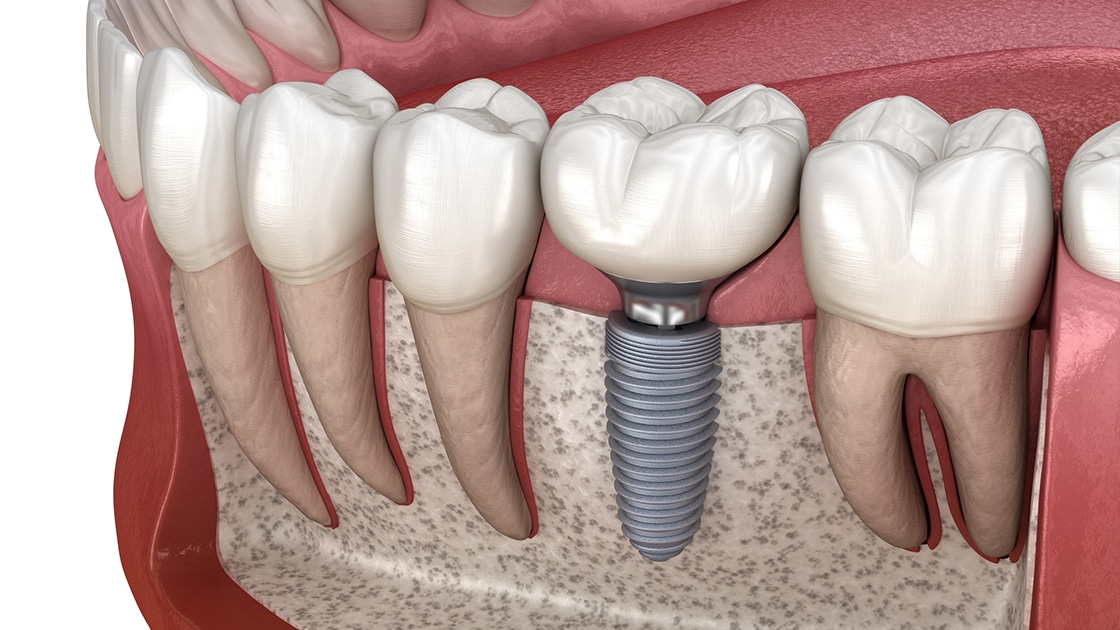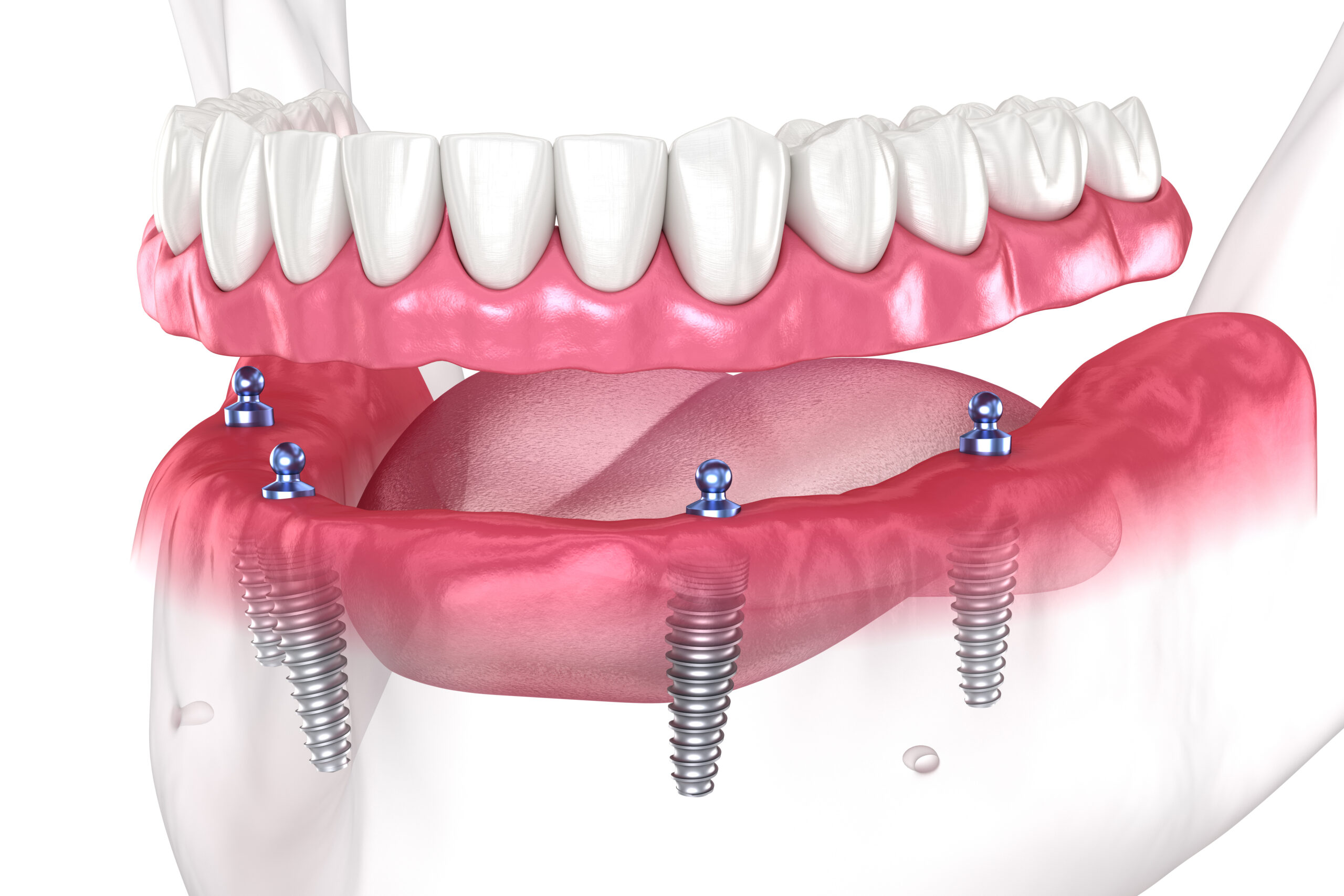The Buzz on Dental Sense
The Buzz on Dental Sense
Blog Article
Getting My Dental Sense To Work
Table of ContentsThe Basic Principles Of Dental Sense Fascination About Dental SenseThings about Dental SenseDental Sense for Beginners
are medical tools operatively implanted into the jaw to bring back a person's ability to chew or their look. They supply support for artificial (fake) teeth, such as crowns, bridges, or dentures. When a tooth is lost as a result of injury or illness, an individual can experience complications such as rapid bone loss, malfunctioning speech, or adjustments to eating patterns that lead to discomfort.Oral implant systems contain a dental implant body and oral implant joint and might likewise include an abutment fixation screw. Professional teeth whitening. The dental implant body is operatively put in the jawbone in place of the tooth's root. The dental implant joint is typically attached to the implant body by the abutment addiction screw and expands via periodontals into the mouth to sustain the attached synthetic teeth
(https://dentalsense1.wordpress.com/2025/01/11/dental-implants-root-canal-procedures-professional-teeth-whitening/)Structure of The Oral Implant System choosing dental implants, talk with your dental service provider concerning the potential benefits and threats, and whether you are a candidate for the procedure. Things to think about: Your general health is a vital factor in identifying whether you are a great prospect for dental implants, how long it will take to heal, and for how long the dental implant might remain in area.
Smoking cigarettes may influence the recovery procedure and decrease the long-term success of the dental implant. The recovery procedure for the dental implant body might take a number of months or longer, throughout which time you commonly have a momentary abutment in area of the tooth. the oral implant treatment: Carefully comply with the dental health directions offered to you by your dental supplier.
Top Guidelines Of Dental Sense
Implant failing can result in the need for another surgical treatment to take care of or replace the dental implant system. Brings back the ability to chew Restores cosmetic look Aids keep the jawbone from shrinking due to bone loss Protects the wellness of the bordering bone and gum tissues Helps maintain adjacent (neighboring) teeth steady Improves high quality of life Damages to surrounding all-natural teeth during dental implant positioning Injury to the surrounding cells during surgical procedure, such as sinus perforation Injury throughout surgical treatment (as an example, fracture of surrounding jawbone) Insufficient function, such as really feeling like the teeth do not attack together typically A sensation that the tooth hangs or turning in position resulting from a joint screw loosening up Implant body failing (looseness of the implant body) due to systemic infection, which might be most likely in patients with unrestrained diabetes mellitus due to local infection in bone and gum tissues sustaining the implant body due to delayed healing, which might be most likely in patients who smoke Problem cleaning the periodontals around the dental implant, leading to bad oral hygiene Neglected periodontal condition Post-surgical pins and needles due to nerve impingement or damage Constantly notify health care service providers and imaging specialists that you have oral implants prior to any magnetic resonance imaging (MRI) or x-ray procedures.
FDA is not familiar with any adverse events reported for MRI or x-ray procedures with dental implants. Oral implants systems are commonly made of materials that follow worldwide agreement criteria of the International Company for Standardization (ISO) or ASTM International. These criteria have information of what makes a risk-free product.

An oral implant is a framework that replaces a missing out on tooth. With screw-like devices, the doctor inserts an implant right into the jawbone, and it acts as a support for a man-made tooth, called a crown.
Indicators on Dental Sense You Need To Know
Some individuals are not eligible for dental implant surgical treatment. It is for dental cosmetic surgeons to run on people with: intense illnessuncontrollable metabolic diseasebone or soft cells illness or infectionIf these problems are fixed, an individual can have the surgery. In, oral doctors avoid operating people with: If people with any of the above undergo oral implant surgical procedure, there is a greater threat of the dental implant falling short.

Dental implant surgical treatment is an individualized process. It's not the same for everyone. The following provides a general review of what you can anticipate your dental expert, oral specialist, periodontist or prosthodontist to do: Position the implant surgically. Give you time to recover. Affix the article and final crown, Visit This Link bridge or denture.
Next off, your surgeon will carefully position the oral implant into your jaw. Finally, your surgeon will rearrange your gums and close the incision with stitches. If your implant is near the front of your mouth, your dental professional will make a momentary tooth for you to put on until you heal. This way, you will not have a space in your smile while you recuperate.
The Buzz on Dental Sense
Your copyright can tell you what to anticipate in your situation. During the healing stage, your jawbone should fuse to the oral implant. This procedure, called osseointegration, is vital for stability and long-term success. This process can take anywhere from 3 to 9 months. In some situations, it might take much longer.
When your dental implant heals, your dental professional can affix the joint (small connector article) and your final repair (crown, bridge or denture). This usually takes concerning one hour to finish and may require a second minor surgical procedure. You shouldn't really feel any type of discomfort throughout your oral implant procedure due to the fact that your provider will utilize medicine to numb your periodontals.
Report this page